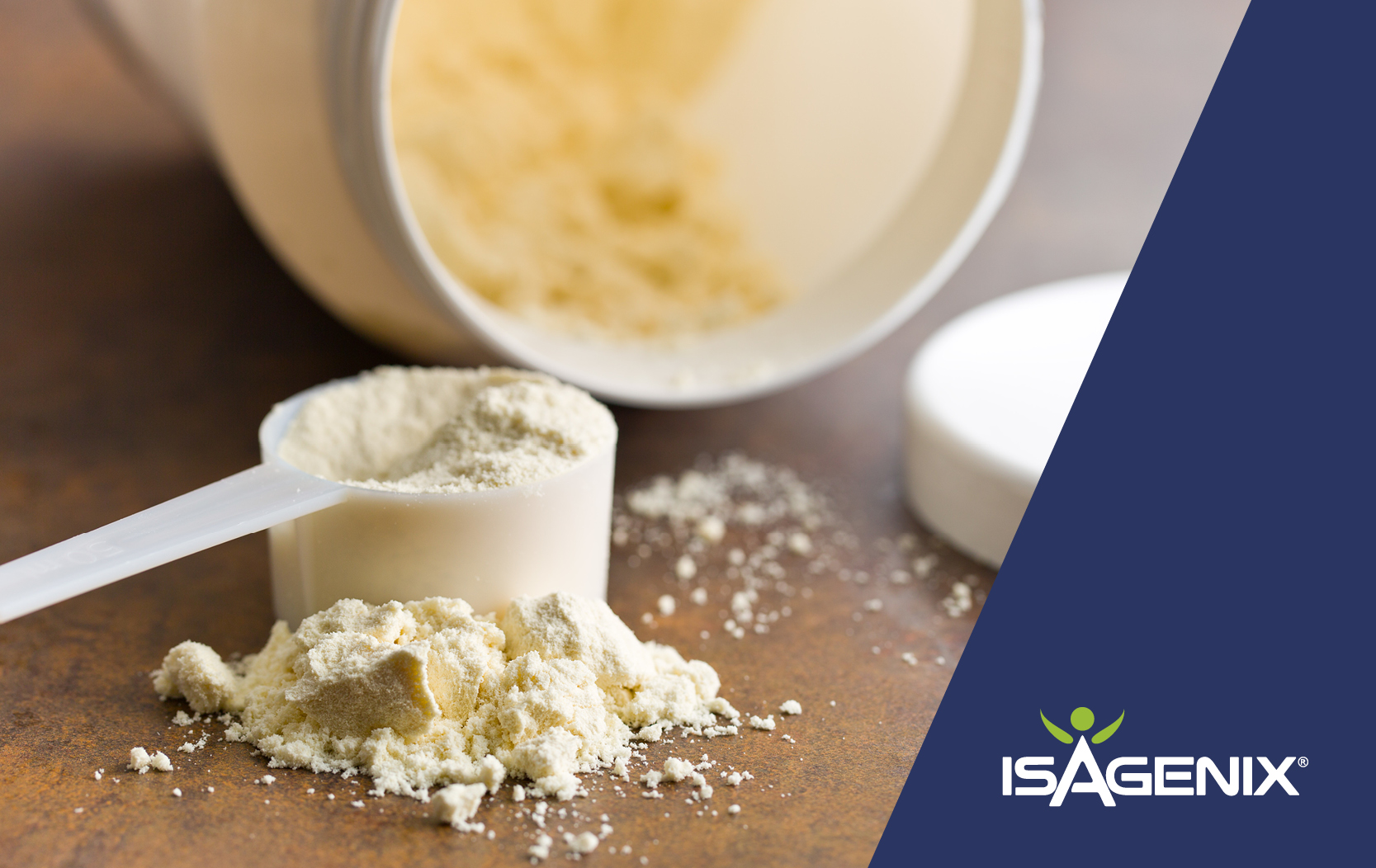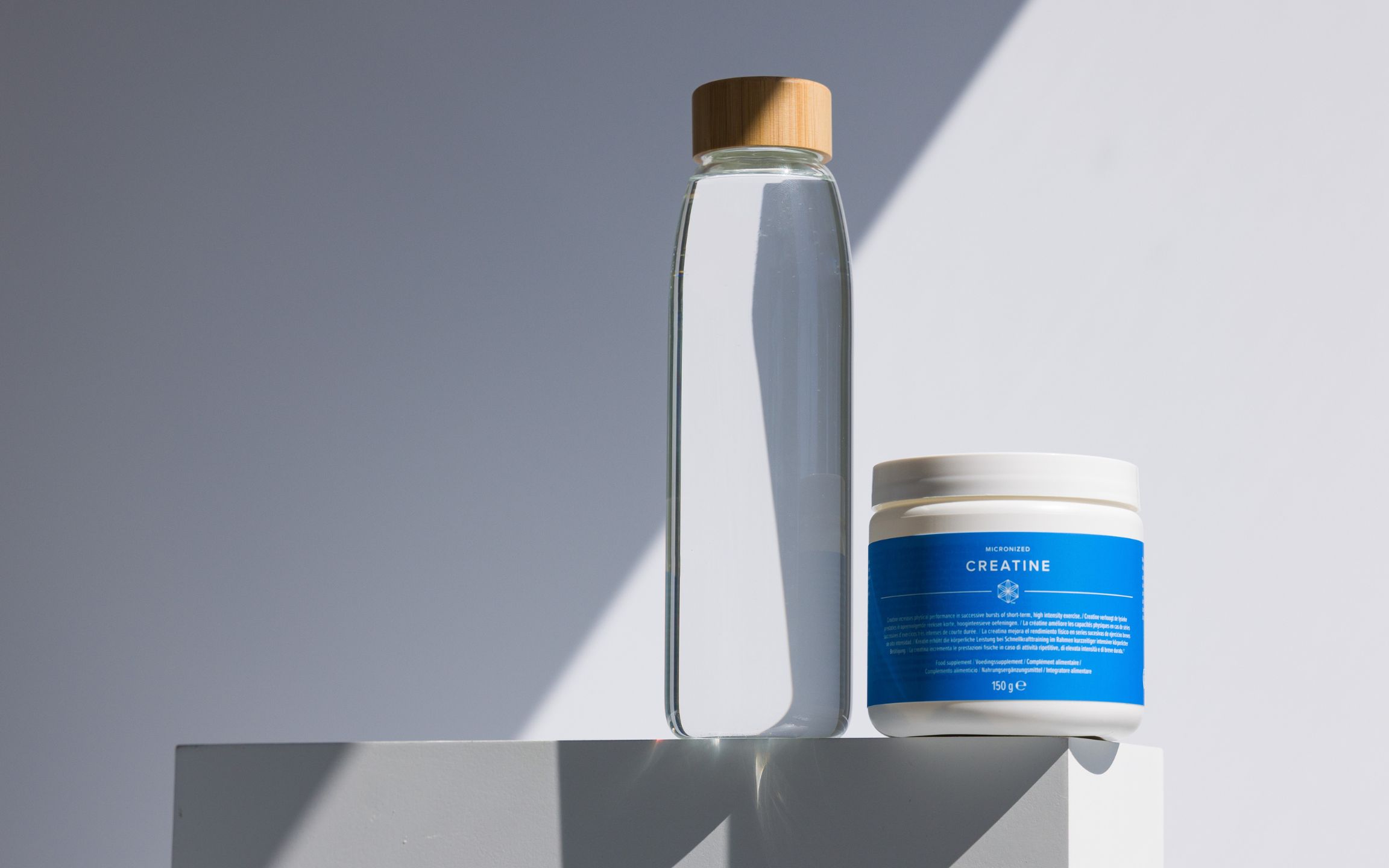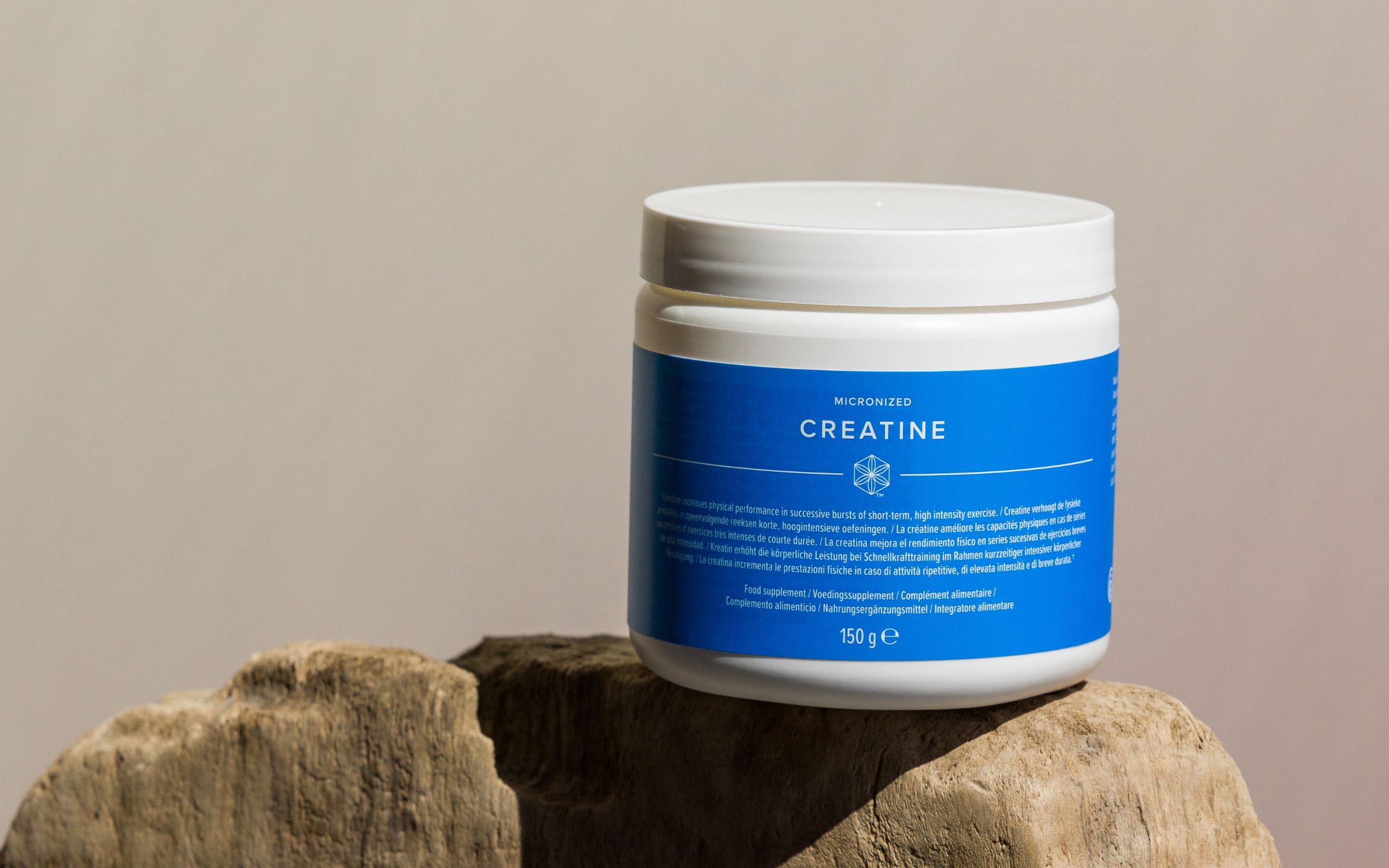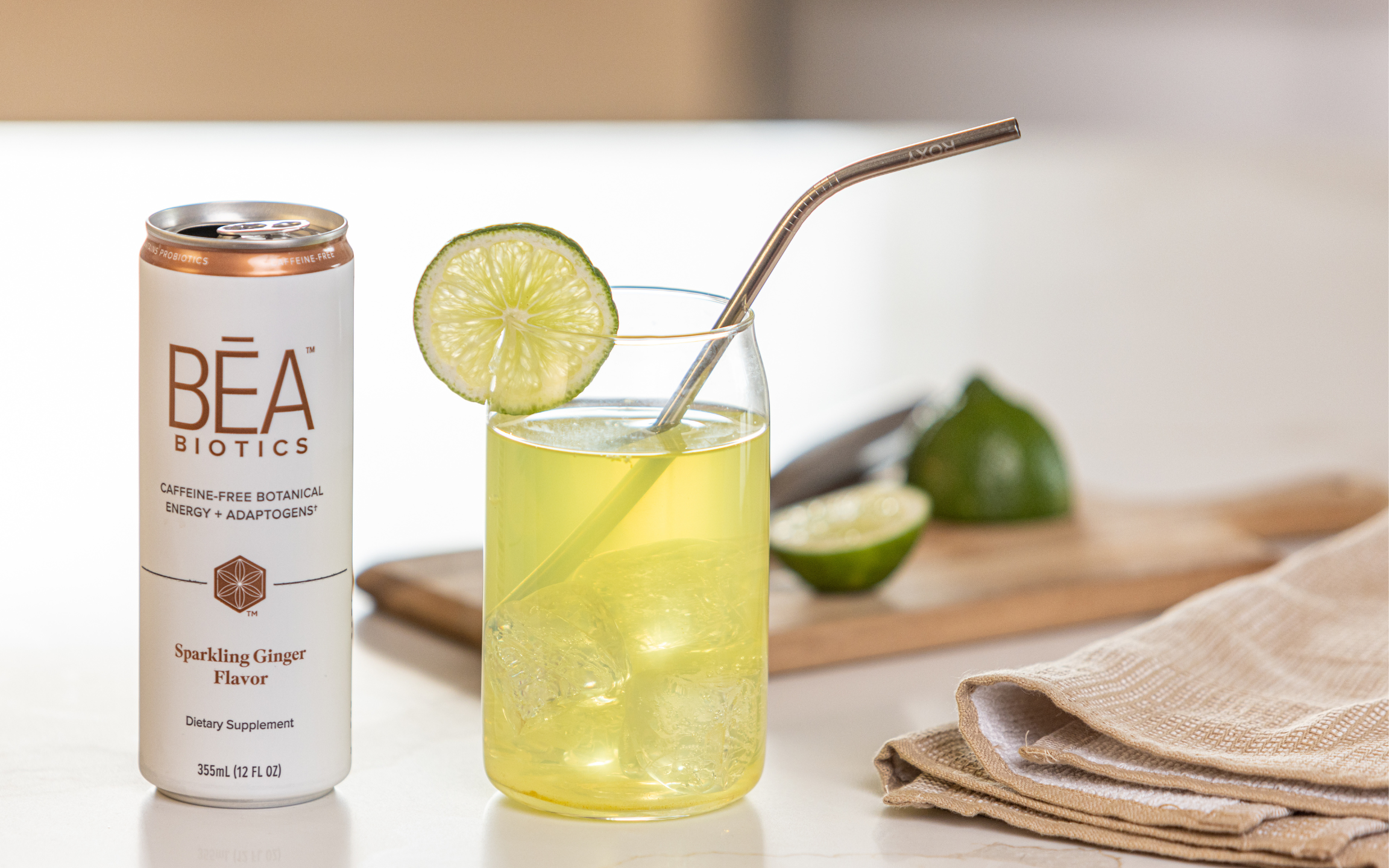Which Whey – Concentrate, Isolate or Hydrolysate?
April 4, 2018,
Rebecca Haresign

When it comes to protein, the type, amount and timing are all important. Research shows that whey protein is the preferred choice for weight loss and muscle growth (1). To truly reap these benefits, studies support consuming 20g – 40g of protein per meal, as well as after strenuous workouts (2). However, there are many different types of whey protein – concentrate, isolate, hydrolysate. Is one better than the others? Let’s break down the science.
Protein Components, Absorption and Bioavailability
To fully understand which protein form is best, it’s important to consider how protein works in the body. The nutritional effects a protein exerts on the body mainly depends on its amino acid profile, the rate of absorption, and the bioavailability of the amino acids once inside the body.
Whey is a complete protein which means it contains all of the essential amino acids, which are the amino acids our body can’t make and therefore must come from the diet.
Of particular interest, especially for muscle building, is the fact that whey protein is rich in the branched-chain amino acids leucine, which has been shown to stimulate muscle protein synthesis (3, 4). Once a protein is consumed, the next process is digestion. Researchers compared the availability of amino acids after the consumption of different types of protein. The results showed that after consuming whey protein, amino acids were released into the circulatory system at a faster rate than other types, meaning they’re readily available to muscle (5).
No matter the form of whey protein, the benefits are still there. Here’s the breakdown and potential benefits of the three different forms of whey protein.
Whey protein concentrate
Whey protein concentrate typically contains around 80% protein. When whey protein concentrate is processed, some of the water, lactose and some minerals are removed however, a small amount are still present. Whey protein concentrate tends to have more bioactive components and proteins than other forms that add to its benefit (6). Concentrate is a very suitable form of whey protein for use in complete meal replacements, like IsaLeanTM Shake, for its overall benefit.
Whey protein isolate
Whey protein isolate is the isolated protein fraction from whey protein concentrate and provides 90% or more of protein – making it the purest protein source. While purity is a positive attribute, many isolates don’t have the other benefits of concentrate due to bioactive components and proteins being broken down during processing (6). Whey protein isolates are typically used in products targeted at bodybuilders.
Whey protein hydrolysate
Whey protein hydrolysate is pre-digested, meaning the long chains of amino acids typically found in concentrates and isolates are broken down into single amino acids. This is similar to what happens in our own bodies during digestion. As hydrolysate is pre-digested it has been thought to result in faster absorption and release of amino acids into the bloodstream (7) however, studies have shown that because whey protein is absorbed quickly in its original form, predigesting it to a hydrolysate doesn’t lead to significantly faster absorption (8). Whey protein hydrolysate can be less palatable than other types of whey protein, and so is often masked with sweeteners and flavourings (9).
The various forms of whey protein all have positive attributes however, studies are yet to be completed to confirm that one form is better than the rest with long-term use. All three forms of whey protein can result in weight loss and maintenance, muscle building and maintenance, and benefit to overall health. At Isagenix we carefully choose the type of whey protein to use in each of our products, to provide the best end-product to our customers to help them achieve their goals.
References
- Acheson KJ. Protein choices targeting thermogenesis and metabolism.Am J Clin Nutr 2011; 93:525-34.
- Mamerow MM, Mettler JA, English KL, Casperson SL, Arentson-Lantz E, Sheffield-Moore M, Layman DK, Paddon-Jones D. Dietary Protein Distribution Positively Influences 24-h Muscle Protein Synthesis in Healthy Adults.J Nutr
- Egan B. Protein intake for athletes and active adults: Current concepts and controversies.Nutr Bull 2016;41:202-213.
- Tang JE, Moore DR, Kujbida GW, Tarnopolsky MA and Phillips SM. Ingestion of whey hydrolysate, casein, or soy protein isolate: effects on mixed muscle protein synthesis at rest and following resistance exercise in young men.J Appl Physiol 2009; 107: 987-992.
- Hall WL, Millward DJ, Long SJ, Morgan LM. Casein and whey exert different effects on plasma amino acid profiles, gastrointestinal hormone secretion and appetite. Br J Nutr 2003;89:239-248
- Hoffman JR, Falvo MJ. Protein – Which is Best? J Sports Sci Med 2004;3:118-30.
- Kanda A, Ishijima T, Shinozaki F, Nakayama K, Fukasawa T, Nakai Y, Abe K, Kawahata K, Ikegami S. Post-exercise impact of ingested whey protein hydrolysate on gene expression profiles in rat skeletal muscle: activation of extracellular signal-regulated kinase 1/2 and hypoxia-inducible factor-1alpha.Br J Nutr 2014;1-12.
- Power O, Hallihan A, Jakeman P. Human insulinotropic response to oral ingestion of native and hydrolysed whey protein. Amino Acids. 2009;37:333–
- Leksrisompong P, Gerard P, Lopetcharat K, Drake M. Bitter taste inhibiting agents for whey protein hydrolysate and whey protein hydrolysate beverages.J Food Sci 2012;77:S282-S287.




